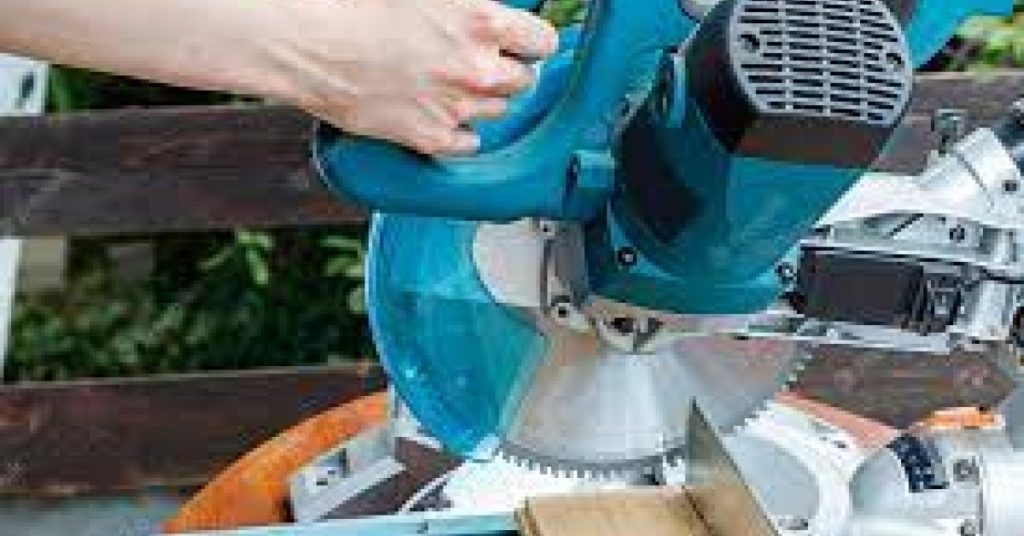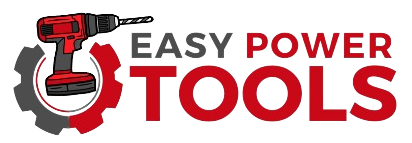Here, We’ve explained that Which Way Does a Miter Saw Blade Go?
Well!
You’re on right place because we already have worked for you. Miter saws are essential tools for carpenters, woodworkers, and DIY enthusiasts.
They provide precision and accuracy when making angled cuts, ensuring that your projects turn out just the way you want them.
However, understanding the proper way to install a miter saw blade is crucial to ensure the tool’s safety and optimal performance.
In this article, we will explore the question, “Which way does a miter saw blade go?” and provide a comprehensive guide to help you use your miter saw effectively and safely.
Blade Orientation
When it comes to installing a blade on a miter saw, there’s a key consideration to keep in mind: blade orientation. Miter saws are designed to spin in one direction, and it’s crucial to install the blade with the correct orientation to ensure clean, accurate cuts.
The general rule of thumb is that the teeth of the blade should be pointing downward. This orientation allows the blade to cut through the workpiece cleanly, without tearing or splintering the material. Most miter saws have a direction arrow on the blade guard, indicating the correct rotation direction.
Tooth Direction
Now that you know the blade should rotate with the teeth pointing downward, let’s delve deeper into the importance of tooth direction. The orientation of the teeth plays a vital role in determining the quality of your cuts.
The teeth of the miter saw blade should always face the front of the saw. This means that as the blade spins, it should be cutting into the workpiece with the front face of the teeth.
When the teeth are positioned correctly, they can slice through the material smoothly and reduce the risk of splintering or chipping.
Right Blade for the Job
Selecting the right blade for your miter saw is equally important. Different types of blades are designed for specific cutting tasks, and choosing the appropriate blade can greatly influence the quality of your work.
- Crosscut Blades: Crosscut blades have a higher tooth count and are ideal for making smooth and clean cuts across the grain of the wood. They are excellent for tasks like framing and trim work.
- Rip-Cut Blades: Rip-cut blades have fewer teeth and are designed for cutting with the grain of the wood. They are suitable for tasks like cutting long boards and ripping lumber.
- Combination Blades: Combination blades are versatile and can handle a variety of cutting tasks. They have a moderate tooth count and are suitable for general-purpose woodworking.
- Specialty Blades: Depending on your project, you might need specialty blades for materials like metal, laminate, or plastic. Ensure that you select the right blade for the material you’re working with.
Blade Maintenance
Proper maintenance of your miter saw blade is essential for both safety and performance. Here are some tips for keeping your blade in top shape:
- Keep it clean: Sawdust and resin buildup can affect the blade’s performance. Regularly clean your blade with a blade cleaning solution or a wire brush to remove these residues.
- Sharpen when needed: Over time, the blade will become dull, leading to rough cuts and increased effort. Invest in a blade sharpening tool or take it to a professional sharpening service.
- Inspect for damage: Examine your blade for any signs of wear, chipping, or warping. A damaged blade can be dangerous and should be replaced.
Blade Replacement
Eventually, even with proper maintenance, miter saw blades will wear out and need replacement. Knowing when to replace the blade is crucial for safety and achieving precise cuts. Here are some signs that it’s time to replace your miter saw blade:
- Dull or uneven cuts: If you notice that your cuts are no longer clean and precise, it’s a sign that your blade has become dull and needs replacing.
- Burning or smoking: When your blade gets excessively hot and begins to emit smoke or burn the wood, it’s time to change it. This can happen if the blade is dull or if you’re using the wrong type of blade for the material.
- Excessive noise and vibrations: Unusual noises and vibrations during cutting indicate blade wear and potential danger. Stop using the saw and replace the blade.
- Visible damage: If you see any visible signs of damage on the blade, such as missing or chipped teeth or warping, it’s essential to replace it immediately.
Safety Precautions
While knowing which way a miter saw blade goes is essential, it’s equally important to understand safety precautions associated with using a miter saw:
- Always wear appropriate safety gear, including safety glasses, ear protection, and a dust mask.
- Keep your hands a safe distance from the blade and use a push stick or clamp to secure the workpiece in place.
- Ensure your miter saw is on a stable surface, and the blade is properly aligned and tightened before making any cuts.
- Use the blade guard and keep it in good working condition.
- Keep your work area clean and free from debris to prevent tripping hazards.
- Read and follow the manufacturer’s instructions and guidelines for your specific miter saw model.
Conclusion – Which Way Does a Miter Saw Blade Go?
Understanding which way a miter saw blade goes is fundamental to achieving clean and accurate cuts in your woodworking projects.
By following the guidelines outlined in this comprehensive guide, you can ensure that your miter saw blade is correctly oriented, well-maintained, and used safely.
Remember to choose the right blade for your specific tasks, practice proper safety precautions, and replace your blade when necessary.
With the right knowledge and practices, your miter saw will continue to be a valuable tool for creating professional-quality woodworking projects.


